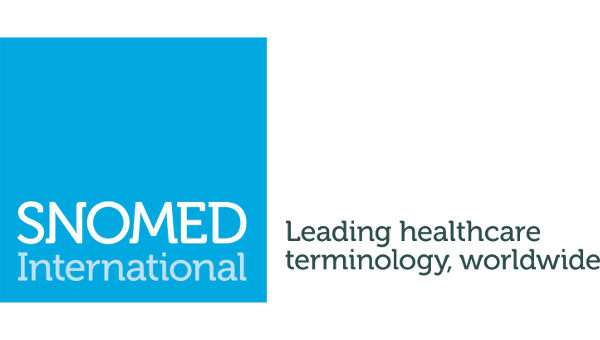Reviewing the role of Information Technology (IT) in healthcare in India, we could say that we have not been successful in achieving the fullest of our potential. We still lack the enabling role of information and communication systems in healthcare to optimize wellness management in India. If we are to look deeper, we are yet to integrate the marvels of modern communication devices and technology with Indic medication and wellness practices like Yoga, Ayurveda and Naturopathy for enhanced and personalized treatments.
However, the proposed tech-integrated initiatives from the Government of India such as Indian EHR standards, Digital Information Security in Healthcare Act (DISHA), Mental Healthcare Act 2017(NMHA) and National Health Policy 2017 appears to change things for good and arrive as a welcoming change in the healthcare sector. The Chief Information Officer of Asian Institute of Medical Sciences shared his thoughts to Elets News Network on the tech integration with medical facilities. Here, we have summarized the excerpts for you.
Mr. Lakshman shares that one of the most notable initiatives with respect to technology in healthcare has been the Electronic Health Records. In initiatives such as E-health, the Information Communication Technology (ICU) is used to deliver better healthcare to a wider audience through efficient monitoring and achieve better availability and affordability of healthcare.
He notes that the penetration of mobile devices and internet connectivity has surged over the couple of years and this is an advantage for technology to make health records of patients available through messages, call or web-based services. The scheme comes with an intention to pave way for the accessibility of online health records, health consultation, medicine supply-chain management and patient information exchange. The Indian Government intends to roll out a unified way to manage and provide health information to hospitals, clinics and wellness practitioners in the country.
He added that the creation of an integrated health information exchange is to strengthen the development of standards compliant electronic health records for Indian citizens and ensure interoperability of the records across the country. The benefits of such an exchange include reduced expenses on healthcare, increased health reporting, reduced paperwork, better and customized wellness agendas and treatments, pan-Indian accessibility of health data, seamless deployment of healthcare services and more.
Mr. Lakshman also brought out the role of Ayurveda, Naturopathy, Yoga and other alternative medicines in Indian healthcare. He stated that there has been a paradigm shift in the way healthcare and wellness is perceived. With increased stress due to work, current lifestyle and lack of exercise, there is a dire need for better and optimized healthcare services in India. Today, it is not just about curative treatment agendas but preventive wellness practices. That is where AYUSH comes into action.
AyushEHR from HealtheLife
At HealtheLife, we believe that it we can pave way for better health and wellness agendas for patients and individuals by integrating electronic health records with AYUSH practices. More than being an alternative medicine, AYUSH can help in the better diagnosis and treatment of ailments and diseases with the integration to individuals’ electronic health records.
Spas, wellness resorts, Ayurveda and Naturopathy clinics can now make use of patient data to offer better treatments and offer tailored patient care. With the government recognizing the role of electronic health records and coming up with tech integration schemes, it would be the right time to leverage the potential of electronic health records for AYUSH wellness practices using AyushEHR. Talk to us to know how we can help you.



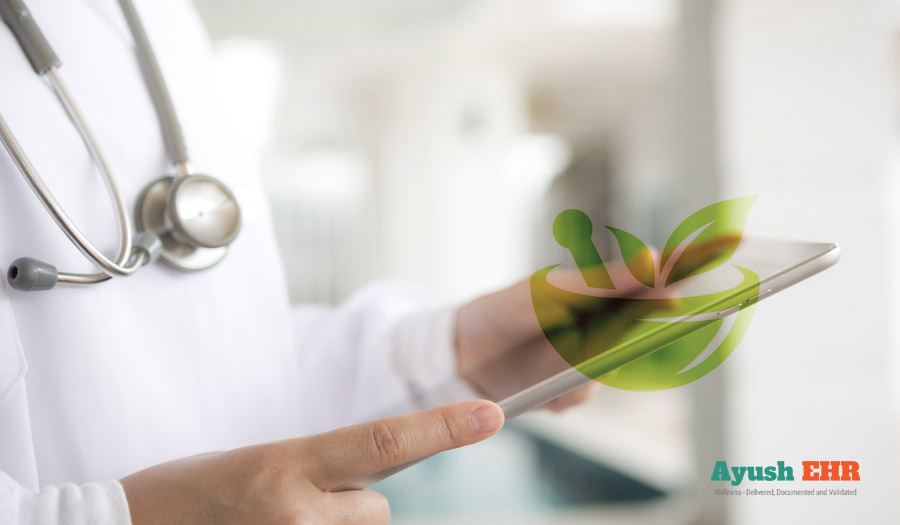
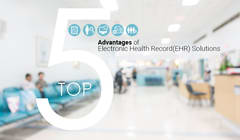


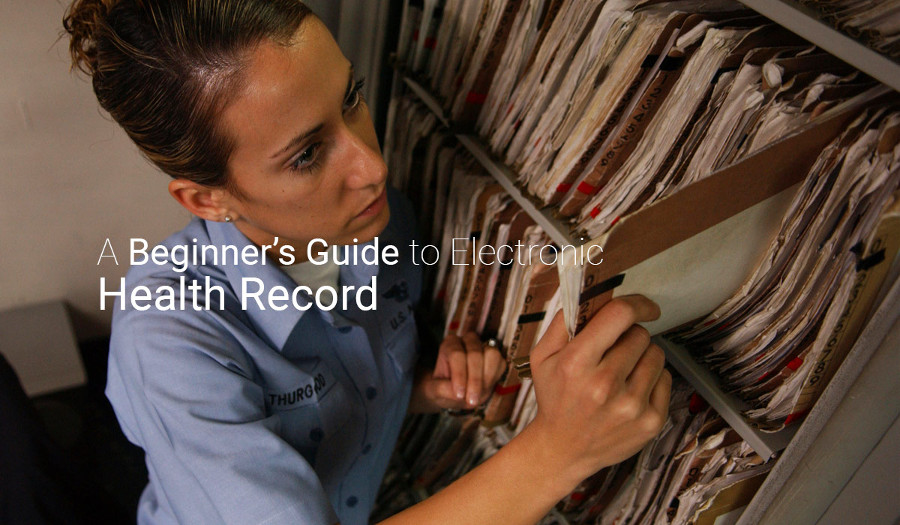

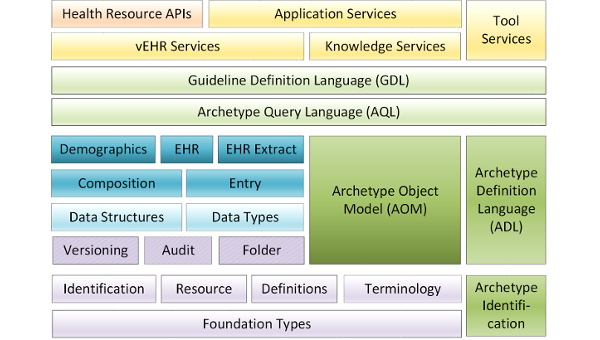 OpenEHR is a virtual community of technology and clinical domain professionals working on developing specifications for ensuring Universal Inter-operability of all electronic health data. It’s approach is multi-level, single source modelling within a service-oriented software architecture, in which dynamic models built by domain experts(Archetypes & Templates) and stable information model built by technologists exist at different levels within the application. Using OpenEHR specifications, it is now possible to build an EHR repository independently of content specifications enabling a new generation of EHR systems that routinely adapts to new requirements.
OpenEHR is a virtual community of technology and clinical domain professionals working on developing specifications for ensuring Universal Inter-operability of all electronic health data. It’s approach is multi-level, single source modelling within a service-oriented software architecture, in which dynamic models built by domain experts(Archetypes & Templates) and stable information model built by technologists exist at different levels within the application. Using OpenEHR specifications, it is now possible to build an EHR repository independently of content specifications enabling a new generation of EHR systems that routinely adapts to new requirements.